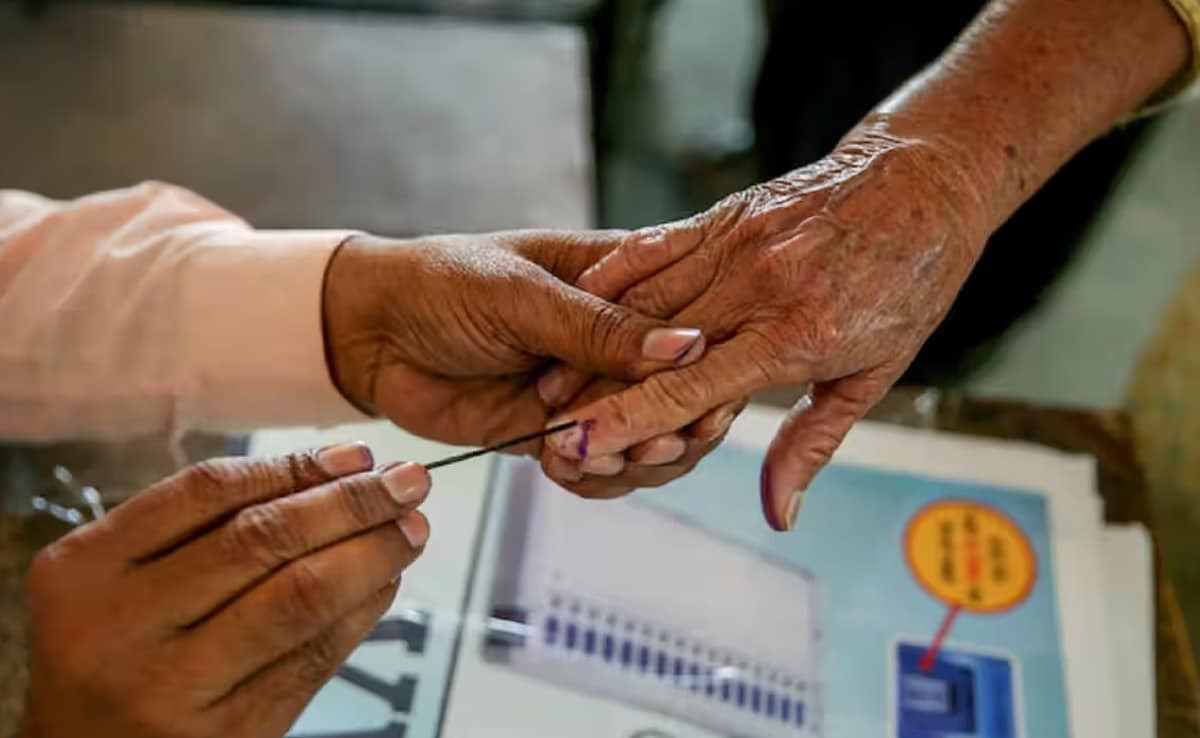Free Courses Sale ends Soon, Get It Now


Free Courses Sale ends Soon, Get It Now



Disclaimer: Copyright infringement not intended.
Context
Eligibility Criteria and Amendments
Age and Disability Considerations:
Expansion of Voting Options
Vote-from-Home (VfH) Facility:
Implementation and Impact
Trial and Expansion:
Eligibility and Procedure
Availing the Vote-from-Home Facility:
Logistics and Challenges
Operational Hurdles:
Further Initiatives for Inclusive Elections
Remote Voting for Domestic Migrants:
Ensuring Accessibility at Polling Stations
Assured Minimum Facilities (AMF):
Conclusion
|
PRELIMS QUESTION Q. Discuss the importance of initiatives aimed at enhancing inclusivity in voting. Highlight key measures, challenges, and their impact on promoting a more representative democracy. Offer suggestions for further improvement in inclusivity. |
© 2024 iasgyan. All right reserved